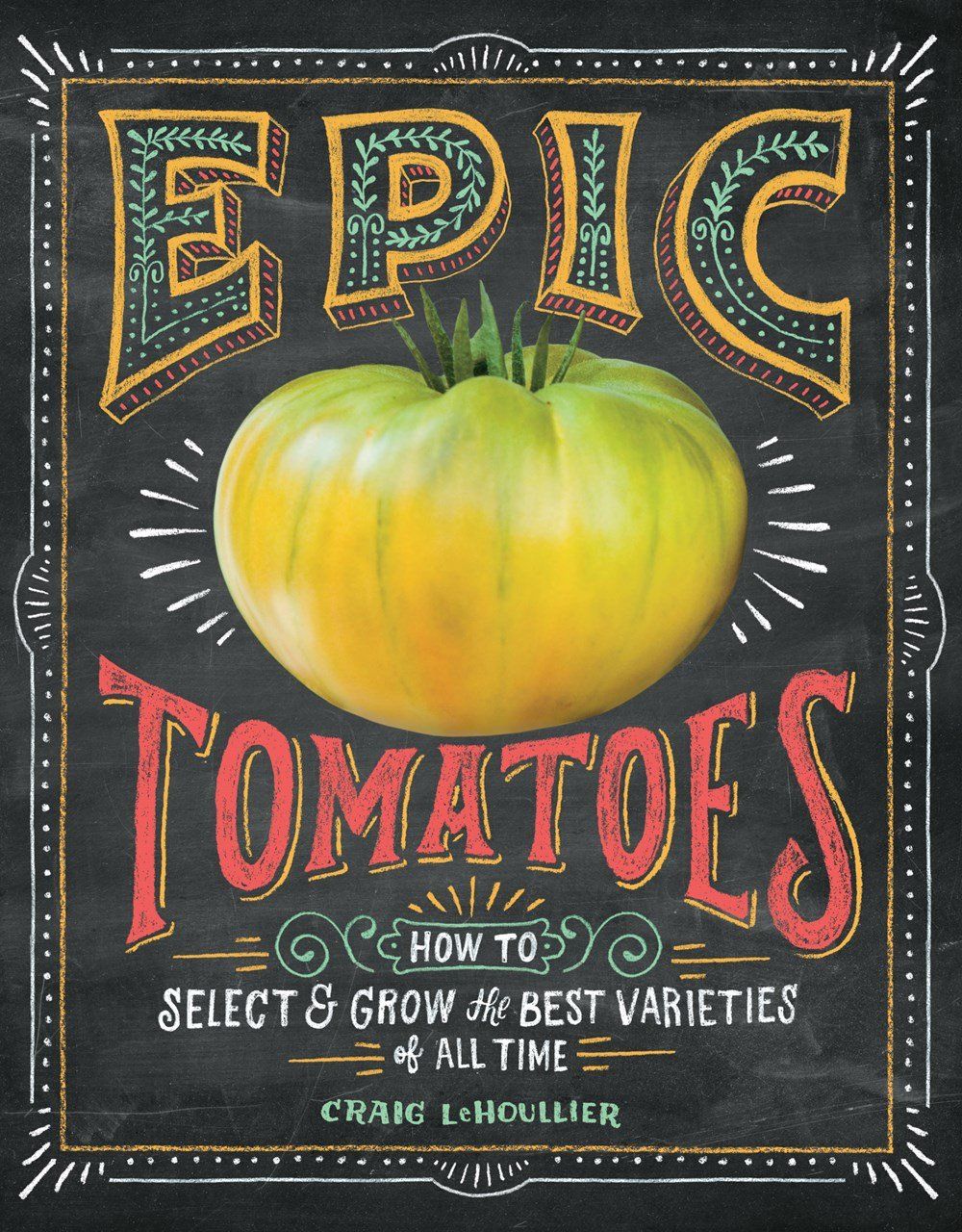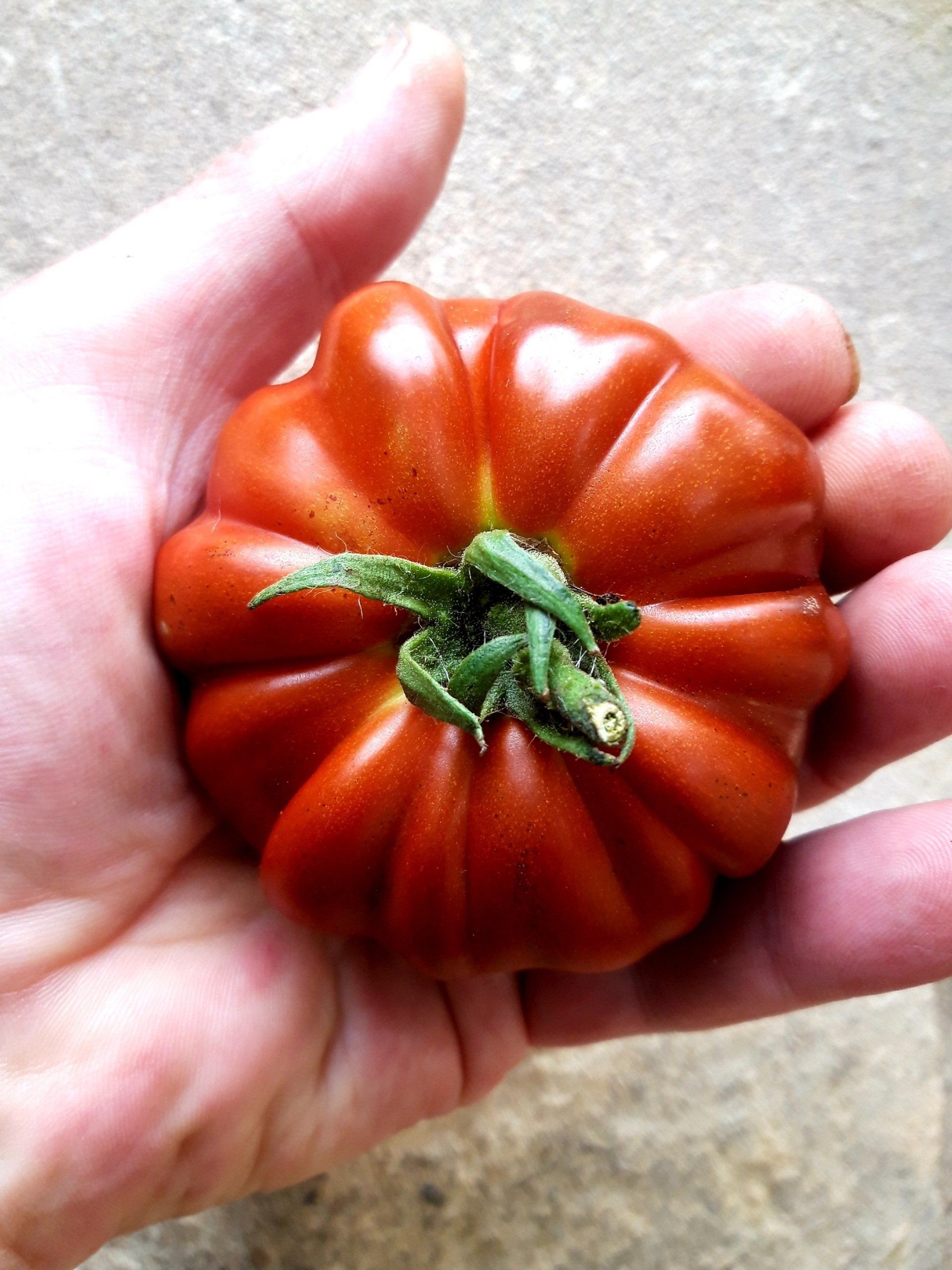Blight Insight Part 2
BLIGHT INSIGHT
PART 2
This blog post is based on my tomato growing experiences of 20 years. The information below is a personal viewpoint.
Part 2 covers growing practices that can could impact blight.
PRUNING TOMATO PLANTS
Why do we prune tomatoes? The common thought amongst growers is that pruning improves ventilation and in turn reduces diseases. In my experience this practice does not reduce the risk of blight, except pruning up to the first tomato truss. The reason for this is that when watering lower leaves can get splashed. Blight spores need water to thrive.
In my experience blight can attack open cut wounds far more easily, especially cuts from heavy pruning. (See above picture of blight on pruning wounds)
Over pruning carries little benefit and can increase risk of disease. When we do prune tomatoes, we only choose a time when there are a few dry days ahead. We avoid pruning when conditions are humid or wet. After a pruning session we always mist the wounds with a diluted liquid seaweed solution. This acts as a medicine and speeds up the healing of the wound.
Outdoor tomatoes need limited pruning on the lower leaves only. Lower leaves can often turn yellow, this is not blight but a magnesium deficiency in the growing material or an unbalanced tomato feed. Be assured hard pruned tomato plants offer easier access for blight to take hold.
VENTILATION
Ventilation is essential to reduce mould on tomatoes. Grey blotches can often show on tomato leaves where ventilation is limited. Lack of ventilation can encourage blight to take hold in a greenhouse or tunnel but initially it is the ventilation that brought blight into the indoor growing space. Very much chicken and egg. Blight spores can travel up to 30 miles in wet, warm, and windy conditions, it is an air borne fungus. Late June to late July is when blight can be at its worst. In early July 2021 the UK weather was wet and windy offering a perfect opportunity for blight to spread rapidly. It was the wind that drove blight into well ventilated greenhouses and tunnels in 2021. Some indoor growers were not affected, and this is probably due to the direction of the wind in relation to their greenhouse vents. I would consider reducing ventilation on a given wet and windy day in July even if was for a couple of hours. This would require close attention and management. It could be the difference between being ravaged by or escaping blight. A helpful blight website www.blightwatch.co.uk offers blight warnings in the UK.
WATERING
Some growers suggest that reduced watering reduces the chances of blight spreading. Splashing when watering or watering the foliage can spread blight. Reducing watering has no benefit in reducing blight and will only increase blossom end rot.
LOCATION
Basic growing practices will help reduce the spread of blight. If you are to grow potatoes on a plot look to use blight resistant varieties like SARPO MIRA, GATSBY, and VITABELLA. Potatoes grown close to outdoor tomatoes will increase risk of blight. Outdoor tomatoes grown close to a tunnel or greenhouse could increase the risk of indoor tomatoes getting blight.
Allotment growers face the obvious challenges from neighbouring plots but increased communication with plot holders discussing growing plans could reduce outbreaks of blight.
Blight tends to attack the fruit last on the plant, this will show again with blackened areas and some wrinkling of the fruit. Tomatoes are perfectly edible on blight affected plants. Seeds from blighted plants do not carry blight when saved.



